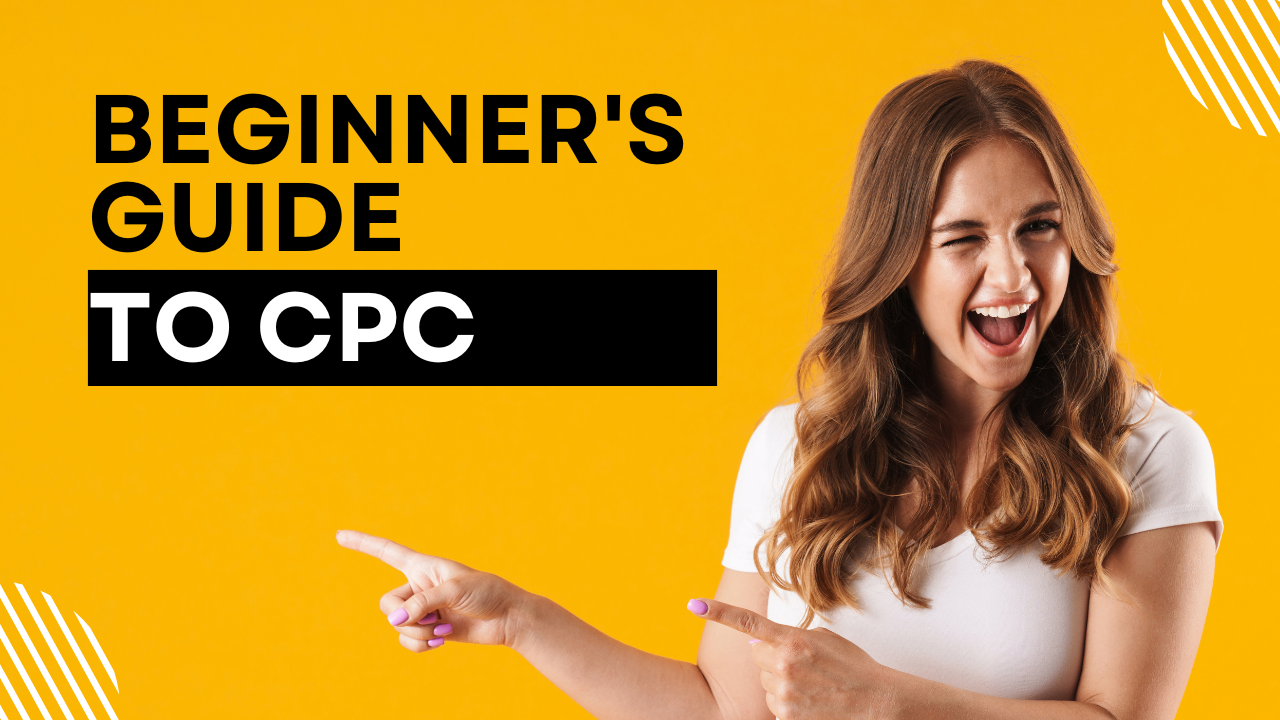Increasing Cost Per Click (CPC) for a multi-niche blog requires a strategic approach that involves optimizing your content, ad placements, and user experience to attract high-quality traffic and encourage advertisers to bid more for your ad space. Here are some tailored strategies to help you achieve higher CPC on your multi-niche blog:
1. Content Quality and Relevance:
- Create high-quality, engaging, and well-researched content that resonates with your target audience across different niches.
- Ensure your content is relevant to your blog’s niches and provides users with valuable insights, solutions, or information.
2. Keyword Optimization:
- Conduct thorough keyword research for each niche to identify high-paying keywords that advertisers are willing to bid on.
- To incorporate these keywords into your content, titles, headings, and meta descriptions.
3. Audience Targeting:
- Use audience segmentation to tailor content for specific niches, ensuring that your messaging speaks directly to the interests and needs of different user groups.
- To leverage the power of social media and email marketing to reach segmented audiences for each niche.
4. User Engagement:
- Foster user engagement by encouraging comments, discussions, and social media shares on your blog posts.
- Engaged users tend to spend more time on your site, which can lead to higher CPC as advertisers value engaged audiences.
5. Optimize the Ad Placements:
- To experiment with different ad placements to find the ones that yield higher clicks and engagement. Strategic placement can lead to better visibility and increased clicks.
- Implement responsive ad units that adjust to different devices and screen sizes for optimal user experience.
6. Mobile Optimization:
- Ensure that your blog is mobile-responsive. Many users access content from mobile devices, and mobile-optimized sites often have higher engagement rates, which can positively impact CPC.
7. Improve Page Load Speed:
- A fast-loading website improves user experience and reduces bounce rates. Google also considers page speed as a ranking factor, which can indirectly influence CPC.
8. Increase Site Authority:
- Focus on building high-quality backlinks, guest posting, and networking with other bloggers to improve your site’s authority and credibility in various niches.
9. Ad Network Selection:
- Partner with ad networks that offer competitive CPC rates for your blog’s niches. Research and compare different networks to find the best fit.
10. Monitor and Optimize:
- Regularly monitor your blog’s performance using analytics tools. Identify trends, top-performing niches, and areas for improvement.
- Continuously test different strategies and content approaches to optimize your CPC over time.
11. Implement Ad Targeting:
- Utilize ad targeting options provided by ad networks, such as Google AdSense, to display ads relevant to each niche’s content. Advertisers are likelier to bid higher for ads that match their target audience.
12. Create Resourceful Content:
- In addition to regular blog posts, create in-depth resources, guides, and tutorials that offer valuable insights to users. These types of content often attract users actively seeking information, leading to higher CPC.
13. Optimize for High-Value Niches:
- Identify niches that tend to have higher advertising competition and bids. Focus on creating more content around these niches to attract advertisers willing to pay a price for exposure.
14. Leverage Long-Tail Keywords:
- Incorporate long-tail keywords into your content. Long-tail keywords often have less competition but can attract highly relevant traffic, potentially leading to higher CPC.
15. Improve User Experience:
- Enhance the user experience by ensuring easy navigation, intuitive design, and fast-loading pages. A positive user experience can lead to high engagement and more ad clicks.
16. Experiment with Ad Formats:
- To test different ad formats on websites, such as display ads, native ads, and video ads, to determine which formats generate higher clicks and engagement.
17. Focus on User Intent:
- Craft content that aligns with user intent. When users find content that addresses their needs, they are more likely to engage with ads that provide further solutions.
18. Conduct A/B Testing:
- Experiment with different ad placements, colors, and calls to action. A/B testing can help identify the most effective ad variations for maximizing clicks and CPC.
19. Build a Community:
- To encourage users to interact with your content through comments, shares, and subscriptions. Building a loyal community can lead to higher engagement and more valuable clicks.
20. Offer Premium Content:
- Consider offering premium or subscription-based content for specific niches. Users who opt for premium content are often more engaged and may attract higher-paying ads.
21. Provide Data-Driven Insights:
- Incorporate data-driven insights, case studies, and research into your content. Advertisers often value platforms that offer well-researched data, leading to increased CPC.
22. Showcase Success Stories:
- If your blog’s content has led to tangible results for your audience, showcase success stories. It demonstrates the effectiveness of your content, making it more attractive to advertisers.
23. Establish Industry Partnerships:
- Collaborate with other bloggers, influencers, or experts in specific niches. Partnering with industry influencers can increase your blog’s credibility and attract premium advertisers.
24. Analyze Ad Performance:
- Regularly analyze ad performance metrics such as click-through, impressions, and conversion rates. Use these insights to optimize your content and ad strategy.
Remember that increasing CPC requires a combination of content quality, user engagement, strategic targeting, and optimization. Continuously monitor your blog’s performance, adapt to trends, and refine your strategies to ensure sustained growth in CPC for your multi-niche blog.
